Ichtýd
Ichtýdé (nimýr.) or Pescande (pereq.) are a species of fish-like sapients who inhabit the planet Chryphóra/Qentora.
Basic Information
Anatomy
Ichtýdé are bipedal, with two legs, two arms and one head. They evolved from fish and retain some of their characteristics, most notably the fins and a ring of gills around their neck. Their heads are vaguely triangular in profile, with two large eyes placed on the sides and four nostrils along the front.
All fins come in symmetric pairs and are supported by five bony spines, except for the ear fins which have four spines.
There are fins on the sides of the head and on the back, as well as along the lower arms and the thighs.
While there is no webbing between the fingers, it is present between the toes, implying that they used to be regular fins.
The ring of gills enables Ichtýdé to breathe under water, albeit for a limited time. While the species adapted to life on land, the gills did not evolve to keep up with the modern body's high demand for oxygen.
Biological Traits
In general, a male Ichtýd's features are more angular while those of a female are more rounded. This is most notable in the jaw and the chest.
Due to socio-cultural separation, certain differences emerged between Ichtýdé living in the Nimýric Empire and those living in the Pereqaian Alliance.
While the Nimýrites' fins are mostly triangular, with the longest spines at the front edge, the Pereqaians' fins appear more rounded, with the longest spines near the center. Additionally, a Pereqaian skull is more elongated, and their bodies are slightly taller on average.
Ichtýdé belonging to neither faction tend to show similarities with both.
Genetics and Reproduction
Ichtýdé are fertile for about a month in spring. They are oviparous, carrying up to three eggs per pregnancy. The eggs stay inside the mother's womb for about two months, and hatch about five months later.
After pregnancy, the time until the next fertile phase is up to twelve years long, so children from the same clutch are usually closer to each other than to the others. It also means that both parents need to care for up to three babies at a time, but can draw upon the support of the older children for later clutches.
Growth Rate & Stages
Ichtýdé are sexually mature after about 14 years, and fully grown after about 19 years.
Their hair starts to become grey around the age of 40 years. Finally, around the age of 60 years, they become infertile and their bones begin to slowly deteriorate.
Dietary Needs and Habits
Ichtýdé are omnivores, with food preferences varying strongly by region.
Civilization and Culture
Average Technological Level
Most Ichtýd societies range from an agricultural to an early industrial level. While sparsely populated regions are home to farmers and nomadic tribes with little access to technology, larger towns and especially capital cities enjoy the benefits of factory machines, telephone communication and automobiles. Electric light and heating have greatly improved the living standards in these areas.
Nevertheless, traditional carriages are still a common sight. Travel by sea mostly relies on sailing ships, while air ships float by means of gas-filled balloons. The latter two are often augmented with machinery for propulsion and steering, but the need to carry fuel supplies, thus limiting the space for cargo and passengers, makes people reluctant to adopt the recently-developed technologies.
Interspecies Relations and Assumptions
Ichtýdé tend to regard themselves as superior to other sentient life on their planet, especially in scientifically advanced communities.
At the same time, most societies have rumours, myths and legends about other sapients - including various deities, speaking animals, magic-wielding creatures or visitors from other planets and moons. While some of these beliefs are seen as outdated superstitions, others gain more followers as the understanding of the world grows.
The attitudes towards these hypothetical fellow sapients vary widely. In rural areas, fear of the unknown prevails, so these stories are told as cautionary tales or framed as triumphs of the good people over the monsters. In more developed communities, curiosity takes over, and people tend to fantasize about the potential of meeting these other species - with motivations ranging from enslavement to scientific studies and, in more noble cases, to gaining new friends and allies.
Lifespan
80-95 years
Average Height
1.5 - 1.8 m
Average Weight
60 - 100 kg
Related Ethnicities


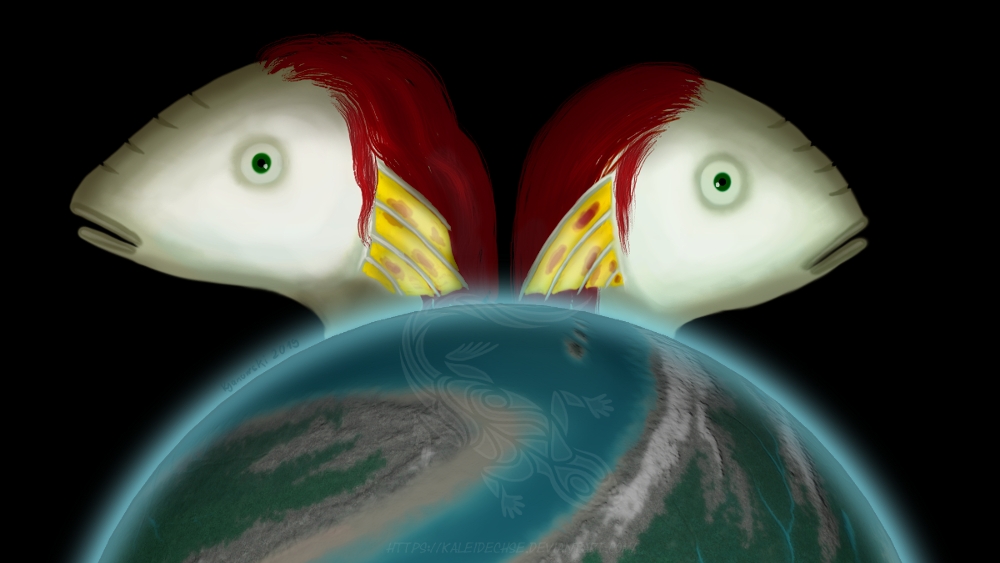
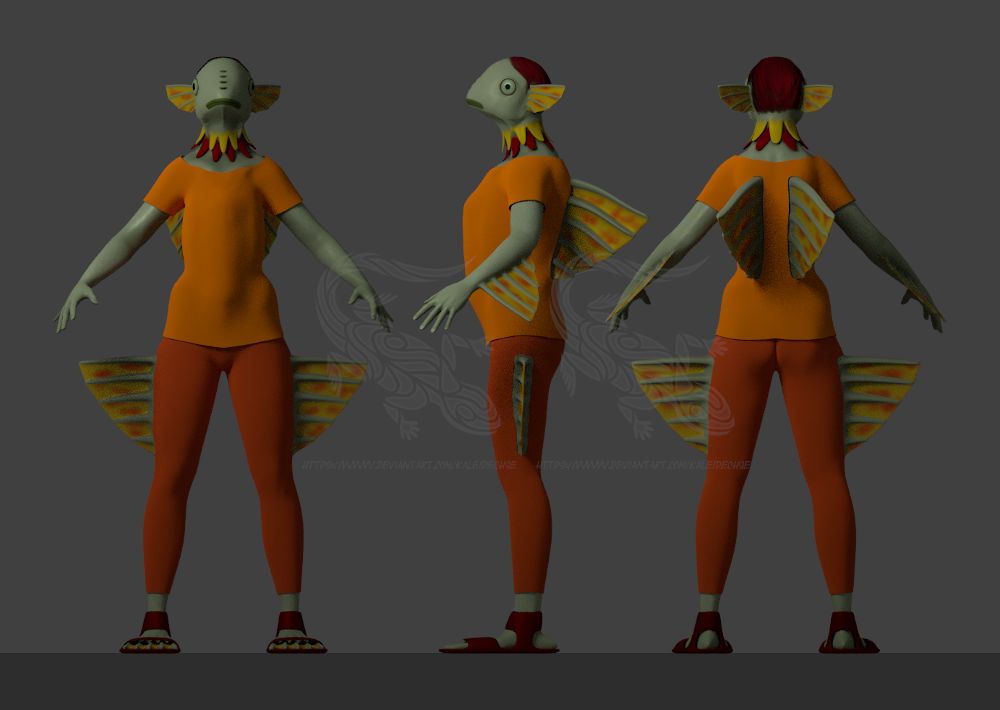
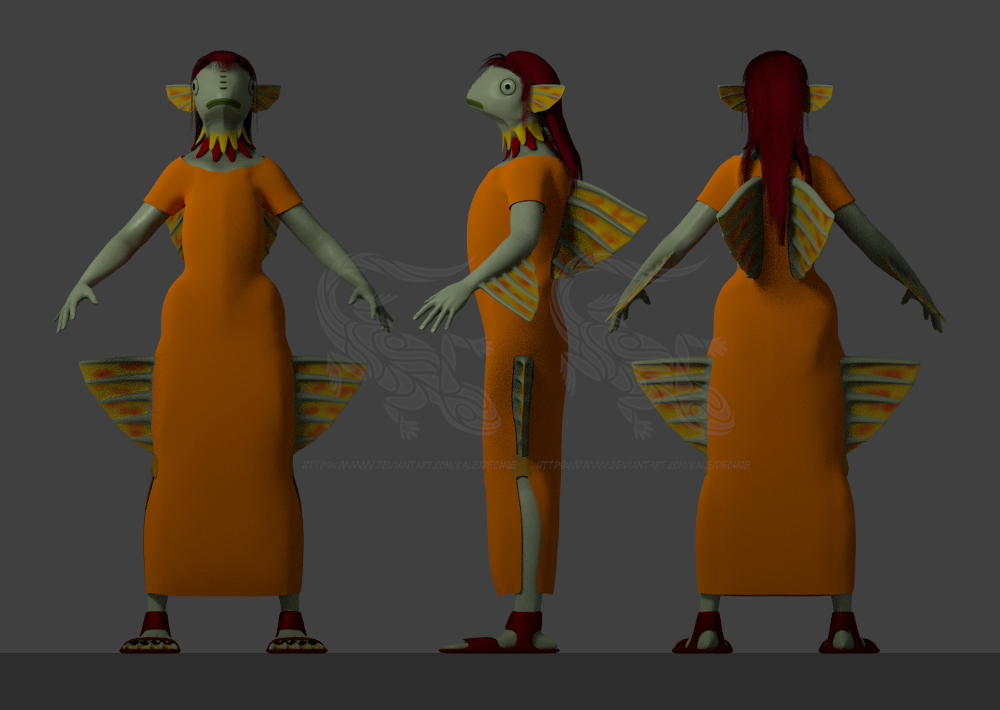
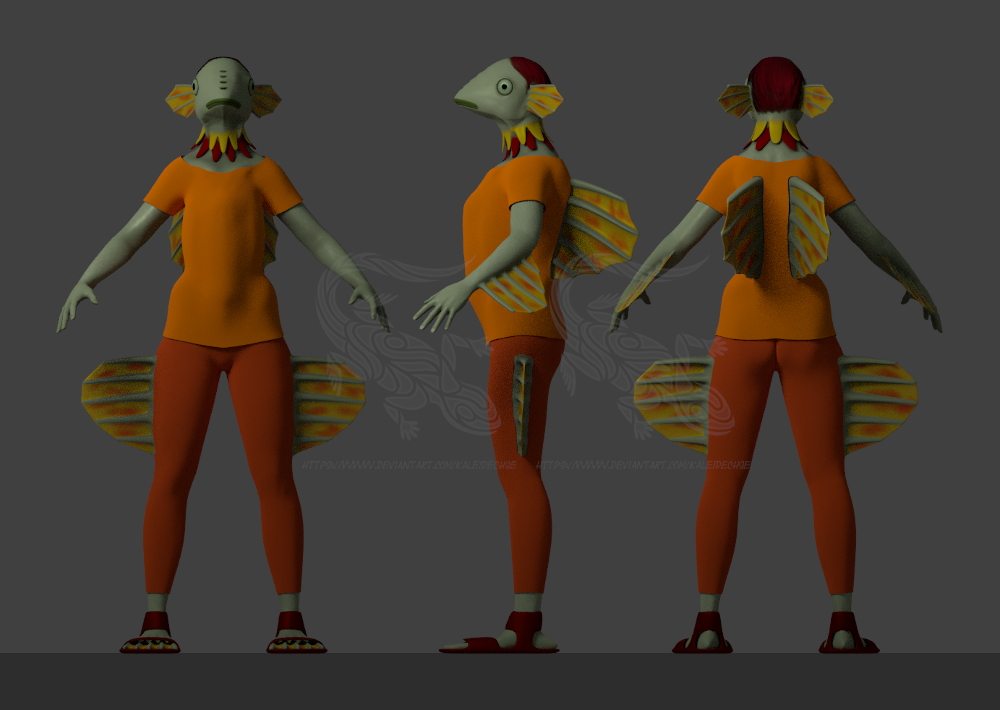
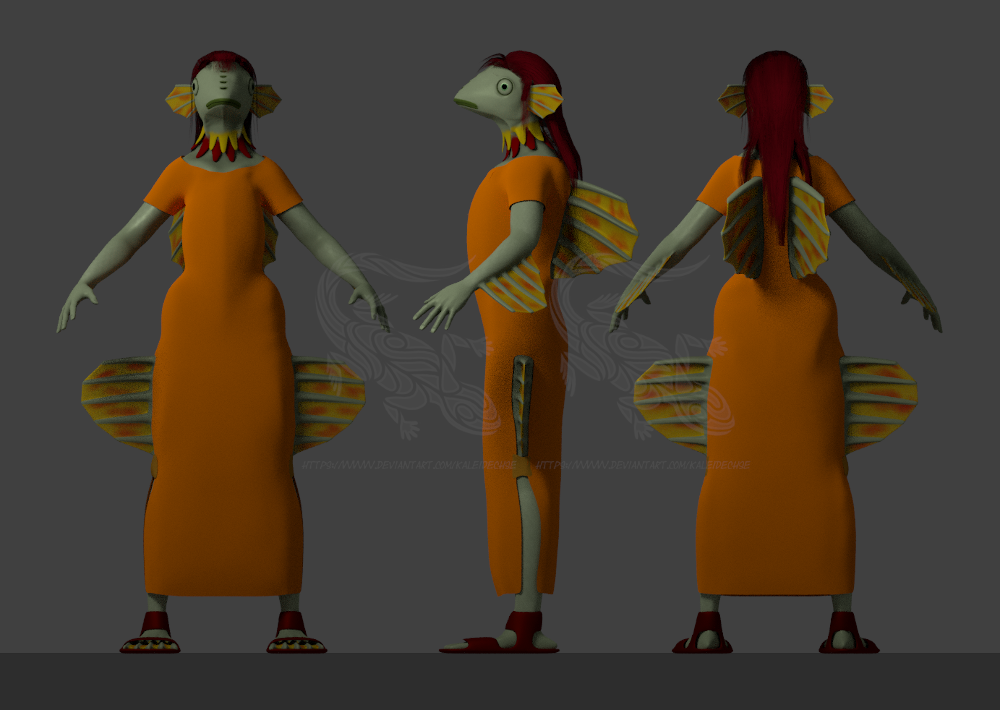

Comments